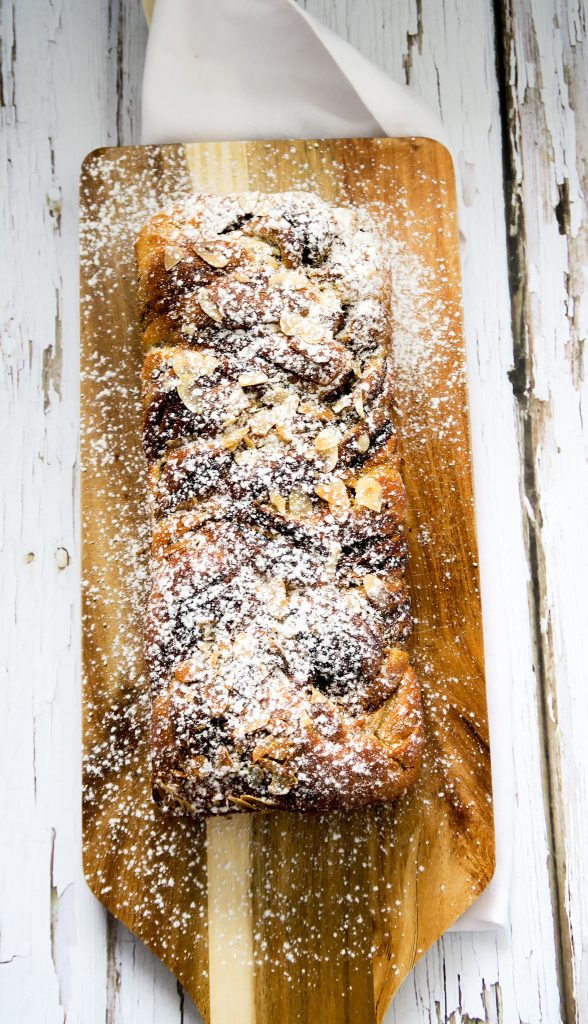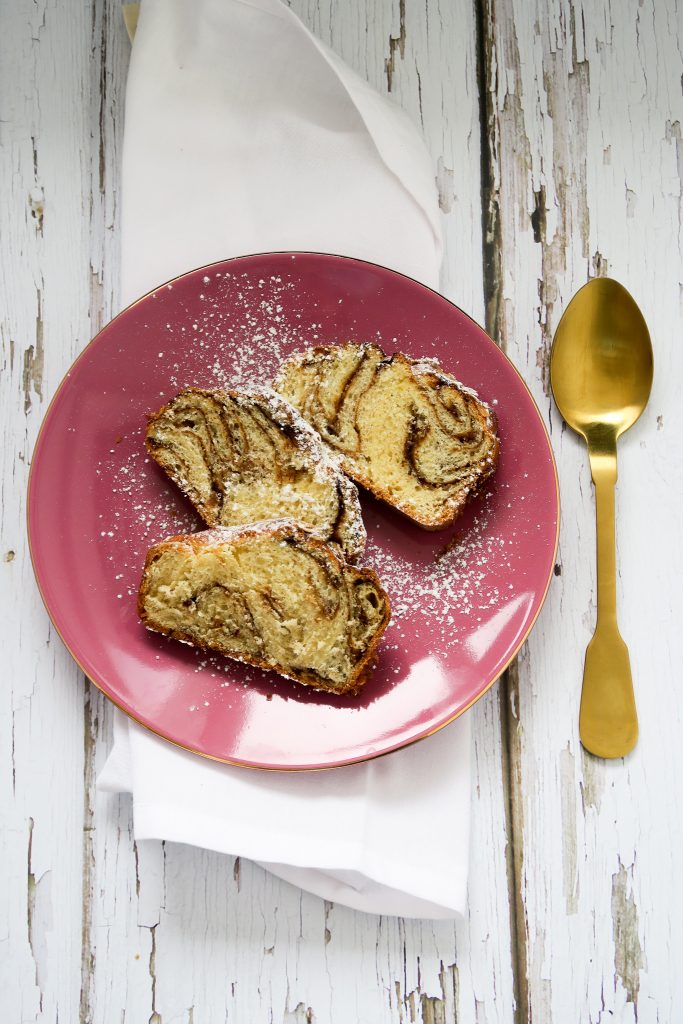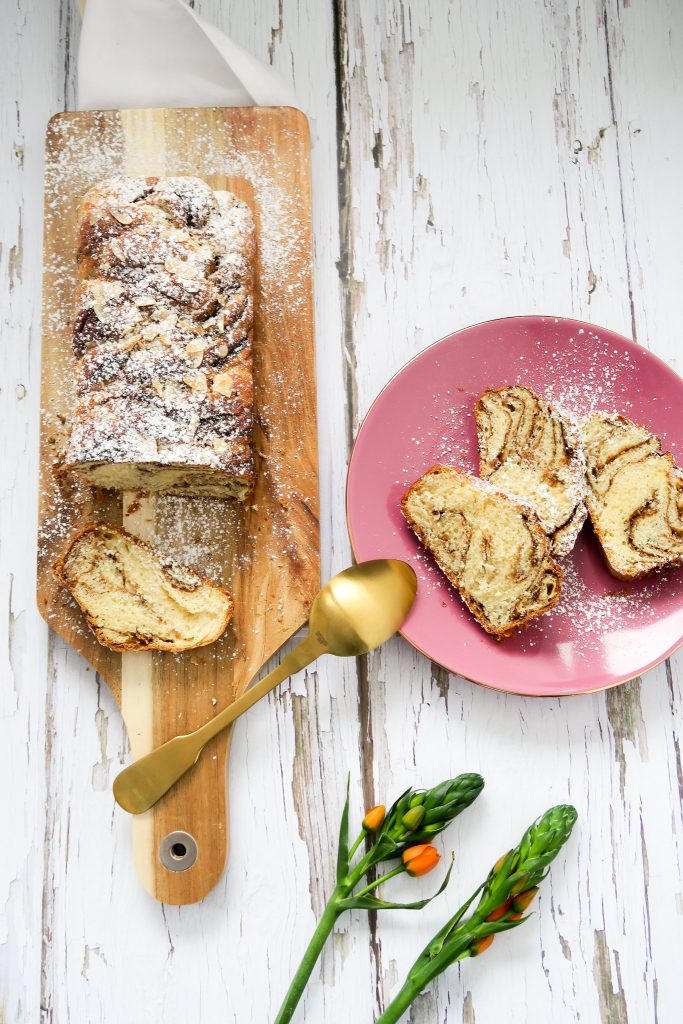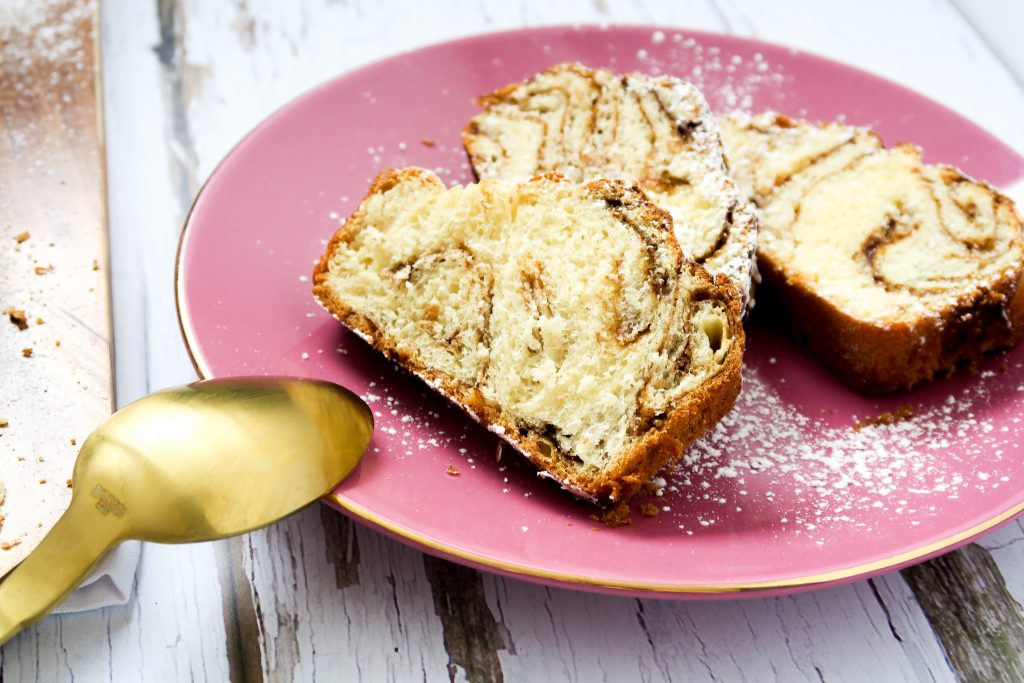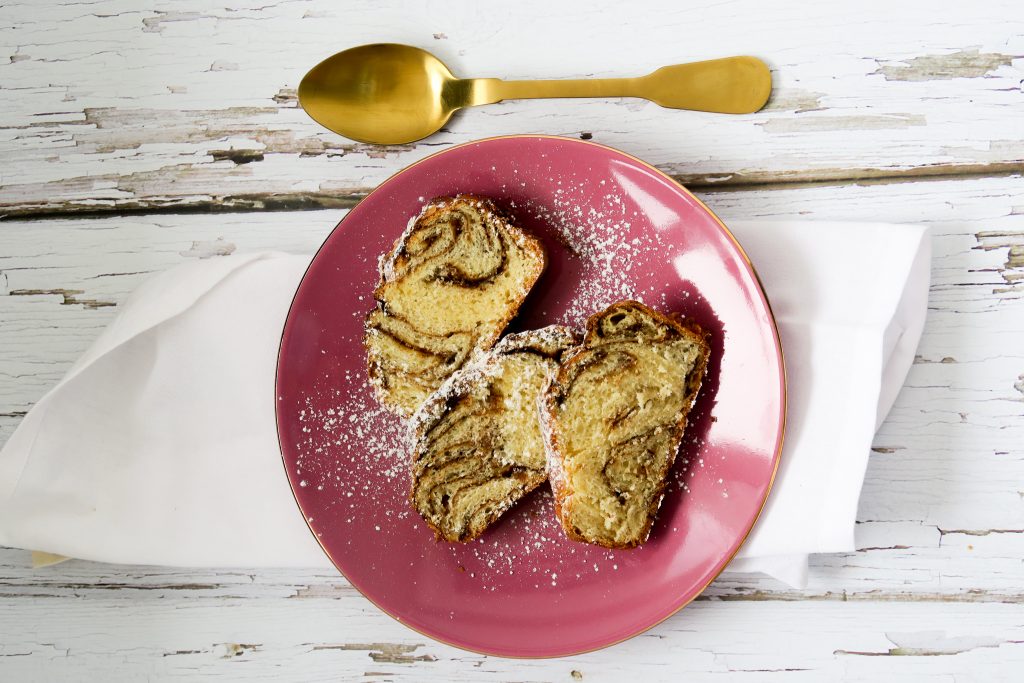Why tradition is not always a bad thing
Well, in Austria the celebration of Easter is still a big thing. Surrounded by your loved ones, you spend precious hours full of traditional food, family games and of course the very typical easter hunt. Of course, the choice of food itself depends on which area from Austria you are from. But one thing that is very popular through Austria is plaited easter bread. Sweet or savory, filled or plain – it’s such a delicious dessert. It can also be served as a very tasty breakfast dish. Yummie!
Follow the bunny. It has the amazing Easter bread. ― Traditional saying
Tasty can be so easy!
People often freak out when they hear the word “yeast.” It’s pure madness in their eyes – and for several years I would have totally agreed with them and looked for another, easier recipe. But why do we all think that dough made out of yeast is such a bad thing?
But why dough?
Yeast dough is as simple as it sounds – we just have to be aware of several things: yeast dough performs best in a warm and draught-free environment. The ideal temperature is approximately 35 degrees. Is the temperature higher that 45 degrees, the yeast becomes inactive. So make sure your place is warm but not hot. As we can see it’s not that difficult – just a few arrangements and our Plaited Easter bread will be the highlight of our feast this year.
Plaited Easter bread with plum butter
Print recipeIngredients
- 210 ml milk
- 1 package (approx. 40 g) of yeast
- 50 g sugar
- 1 egg
- 1 package of vanilla flavored sugar
- 10 g salt
- 90 g butter
- 500 g flour
- handful almond slivers
- plum butter
- 1 lemon
Instructions
Instructions
-
Heat the milk and pour the warm milk a bowl and sprinkle the yeast overtop.
-
Now mix all the other ingredients such as the salt, vanilla sugar, tiny pieces of the lemon peel and normal sugar.
- Now add the already warmed butter.
-
Now add the flour with the milk-yeast mixture and the warm butter.Allow the mixture to rest for 5 minutes so the flour has time to soak up the liquids.
- You can knead the dough by hand or use a kitchen aid machine.
-
Beat the dough on medium speed for 5-7 minutes or until the dough is elastic and smooth.
-
The dough will be tacky and will still be sticking to the sides of the bowl. That’s ok! Don’t be tempted to add more flour at this point.
-
Place the dough in a greased large bowl.
-
Cover the bowl with a towel.
-
Set the bowl in a warm place and allow the dough to rise until double – approx. 30 minutes
-
I also like to turn on the oven to the lowest setting for 1-2 minutes. Then turn off the oven and place the dough to rise in there. It normally takes about 30 more minutes for the dough to rise.
-
Do not allow the dough to rise too much.
-
While the dough is rising, prepare the plum butter.
- Instead of plum butter you can also use apricot jam or a creamy nut mixture. Depends on your personal taste.
-
Sprinkle a pastry mat generously with flour. Turn out the dough onto the pastry mat and sprinkle the top of the dough with additional flour.
- Take half of the dough and turn out the dough again.
- Spread the plum butter all over the dough.
-
Knead both parts of the dough again.
-
Form two rolls. Every roll will be cut into 2 pieces.
- Now braid your four rolls into one big plaited bread. If you have no idea how, please find an introduction on youtube: Braiding in different variations
- Again, let the dough rise again for 30 minutes. Same procedure as before: Warm and cozy place and fully covered dough.
-
Preheat the oven to 180 degrees.
-
Once the plaited bread has risen, cover it with the egg and sprinkle the almond slivers all over.
-
Bake at 180 degrees for 40 minutes, until the plaited bread is lightly golden brown and the center is cooked through.
- Serve with butter and additional plum butter.


